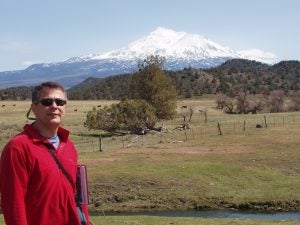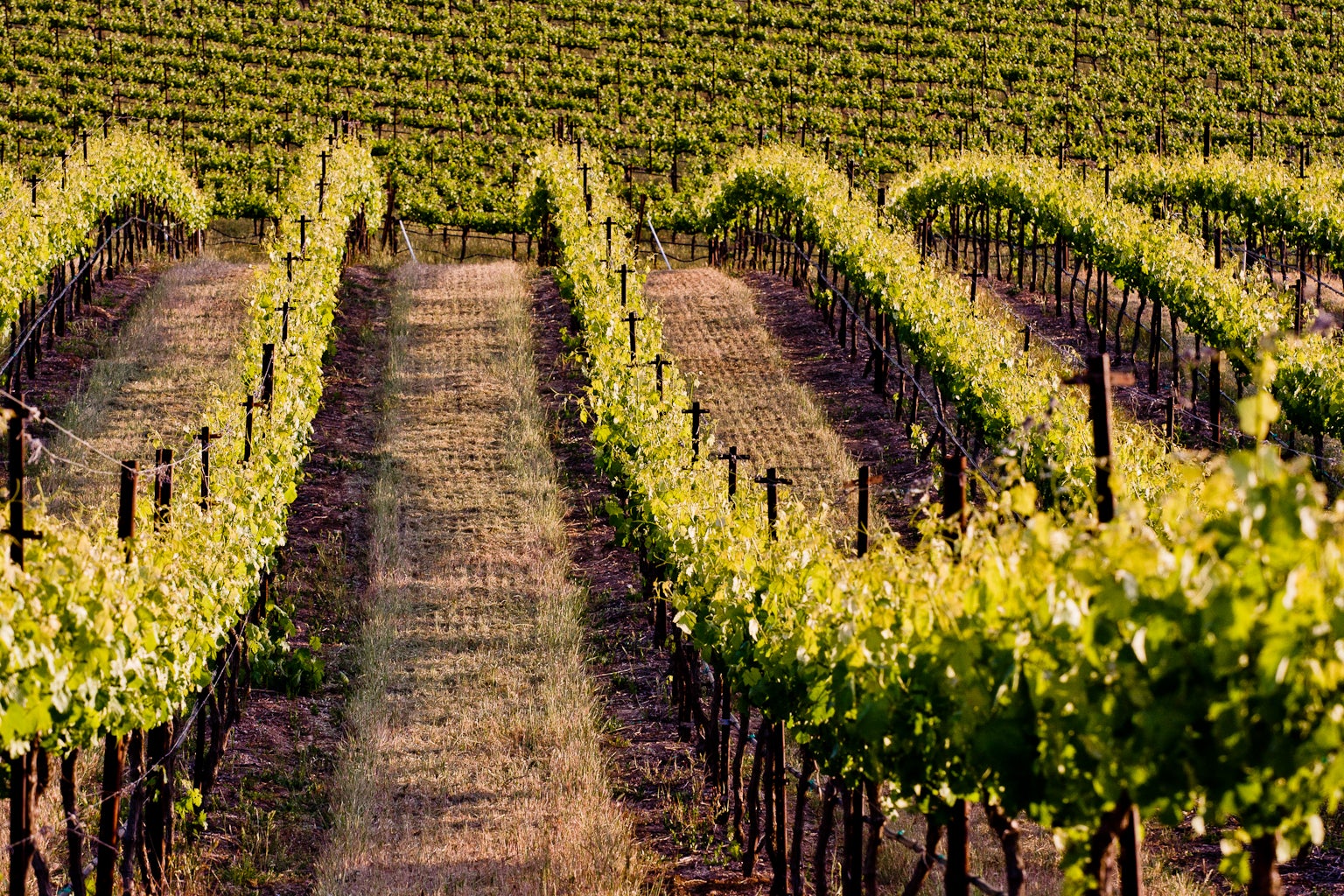
A pilot project for Swainson’s hawk is creating high-quality nesting habitat on a 4,000-acre farm in San Joaquin County.
Landowners and environmentalists both grapple with the same question: In the midst of uncertainty, what is the most effective way to reconcile short-term and long-term needs for wildlife habitat?
For example, it can be risky to invest in permanent conservation on a property vulnerable to climate change, but failing to protect existing habitat in the face of uncertainty is an existential threat to species like the Swainson’s hawk.
Fortunately, new habitat accounting tools are emerging that bring more certainty to conservation planning, which helps landowners make effective management decisions for their property, helps biologists design effective restoration plans and ultimately helps wildlife thrive. Read More


















